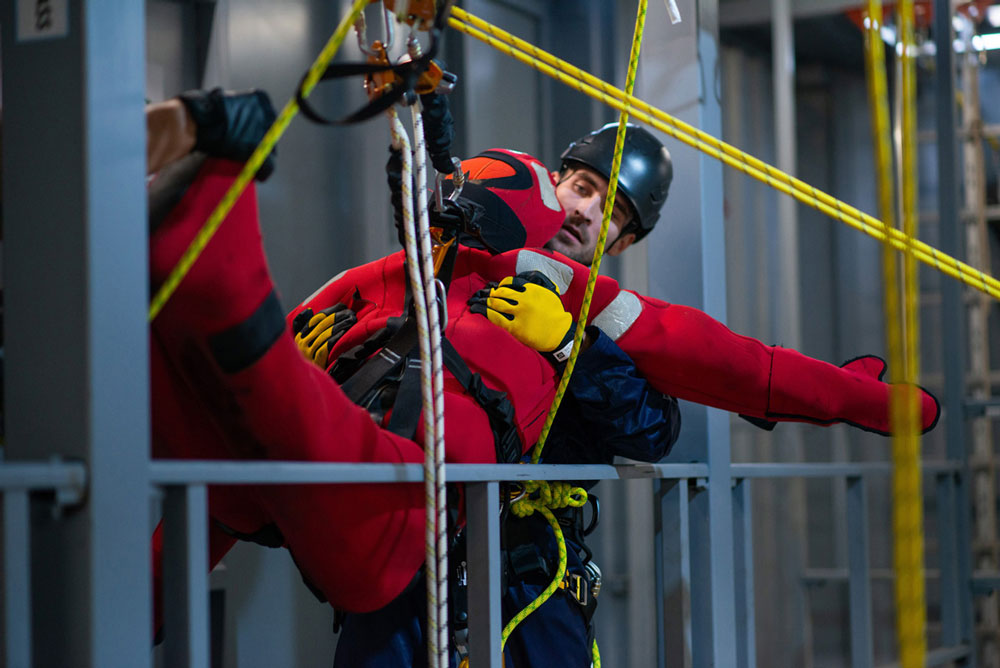Creating safe and secure educational spaces is essential for both students and staff. Training such as an IRATA rope access course equips professionals with advanced techniques to manage high-risk maintenance tasks, ensuring schools and universities meet strict safety requirements. As facilities expand and adopt modern infrastructure, certified access solutions play an increasingly vital role in maintaining safety standards.
The Growing Need for Safety in Education
Educational institutions are no longer simple buildings. Many now feature multi-storey designs, large auditoriums, sports complexes, and advanced laboratories. These environments require frequent inspection, cleaning, and maintenance at heights or in difficult-to-reach areas. Without proper access methods, schools risk accidents, disruption to learning, and legal complications. Certified systems and trained personnel reduce these risks, ensuring all activities are carried out safely.
Certified Access Solutions Explained
Certified access solutions refer to equipment and practices that allow safe movement, repair, and inspection of facilities. They range from harness-based systems and secure anchor points to protective barriers and managed entry systems. Their purpose is to create a structured approach to safety that complies with international standards. In educational settings, where young people are present, reliability and certification are non-negotiable.
Why Certification Matters
Certification assures that the tools and methods being used have been tested for strength, durability, and compliance. It also ensures that individuals handling them are trained to a professional level. In schools and universities, this is particularly important as safety lapses not only risk lives but can also harm institutional reputation. Certified systems demonstrate accountability, giving confidence to parents, teachers, and governing bodies alike.
Protecting Students, Staff, and Visitors
The presence of certified access systems directly reduces hazards. Secure walkways prevent falls during maintenance, while tested equipment allows routine checks to be carried out without endangering workers. For example, when servicing lighting in sports halls or inspecting rooftop ventilation systems, certified solutions ensure the tasks are completed with minimal risk. The goal is to make the school environment safe, not only during teaching hours but also outside them when maintenance is often scheduled.
Long-Term Benefits for Institutions
Beyond immediate safety, certified access solutions offer long-term value. They reduce costly accidents, limit downtime from facility closures, and extend the lifespan of buildings by ensuring regular, safe maintenance. For institutions facing tight budgets, the prevention of major repairs or litigation is an economic advantage. Safety also contributes to an improved learning atmosphere, where students and staff feel secure within their environment.
Training and Awareness
While certified equipment is critical, training is equally important. Staff and contractors working within educational facilities must be aware of the correct procedures for using access solutions. Awareness programmes and ongoing refresher training help build a culture of safety. Schools that prioritise this create a model for responsibility, showing young people the importance of discipline, precaution, and professionalism in everyday practice.
The Role of Regular Inspections
Educational facilities change with time, from minor renovations to the addition of new structures. Regular inspections of safety systems are therefore essential. Certified inspections help identify weaknesses, ensure compliance with updated regulations, and give institutions a clear plan of action for upgrades. By adopting a routine schedule, schools prevent small issues from growing into significant risks.
Building a Safer Future for Education
Safety in education is not an option; it is a necessity. Certified access solutions create the framework for schools and universities to thrive without fear of accidents disrupting their purpose. From classroom to laboratory, from library to sports ground, every corner of an institution benefits from safe and professional systems.
A secure environment nurtures confident students, reassured parents, and motivated staff. By combining certified tools, professional training, and regular monitoring, educational facilities set the stage for a safer future. Investing in these measures today ensures that learning continues uninterrupted and that schools remain trusted spaces for generations to come.




